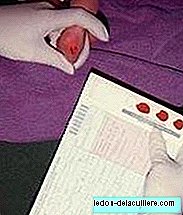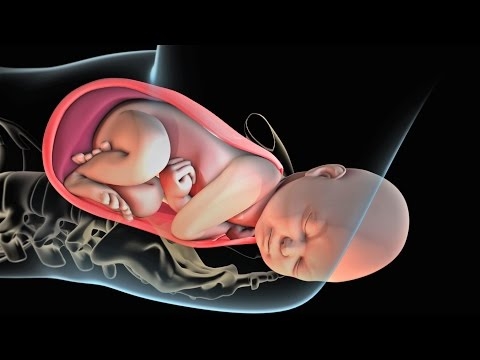
We are at the gates of summer, the time of the year in which unfortunately there is a greater number of children's drowning, so it is key to warn about the need not to take the children's eyes off while they are playing near or in the water . Surveillance is the best prevention weapon in these cases.
The Spanish Association of Pediatrics (AEP), in its recommendations to avoid drowning and remember that “two centimeters of water at the bottom of a bucket, bathtub, portable pool, etc. and less than two minutes are enough for a baby to drown" Enough so that your nose and mouth are covered.
The WHO notes that drowning causes more than 150 deaths in Spain each year, about 5,000 in Europe and 388,000 worldwide. Are the second cause of accidental infant mortality in Spain (after traffic accidents) and the third worldwide. According to the INE (National Statistics Institute) drowning accounts for 13% of the main causes of infant mortality due to injuries in children between 0 and 14 years.
It is important, therefore, that parents be aware of the danger and extreme precautions when we go with children to places like swimming pools, beaches, rivers, lakes, reservoirs, etc.
The Spanish Association of Pediatrics (AEP) warns:
Drowning in children under 5 years occurs mainly in the private pools or private communities, the danger in children so young is that they are more independent than a baby, that is they move with agility and therefore can escape from adult supervision To which we must add the peculiarity that they do not recognize dangerous situations and that they still do not have dexterity in the water if they fall into it.
 In Babies and more The AAP recommends that most children learn to swim from their first year, to prevent drowning
In Babies and more The AAP recommends that most children learn to swim from their first year, to prevent drowningRecommendations to prevent drowning

- Swimming classes: There are studies that state that starting classes between 1 and 4 years decreases the rate of drowning.
- Fencing the entire perimeter of the pool It can reduce drowning deaths by 95% in children under five.
- Empty any container With water after use.
- Young children who are in or around the water must be always at your fingertips and supervised by an adult.
- The inflatable pools, however shallow they are, they are also dangerous: don't let your guard down.
- Avoid inflatable sleeves and floats: can easily prick. Better vests, polystyrene floats, swimsuits with integrated floats, cork board belts, etc.
- Avoid leaving toys in the water so that the child does not feel tempted to go get them.
- In the case of older children, even if they know how to swim, we must be always with the attention directed to them at all times when they are in the water, avoiding situations that may distract the adult, such as talking on the phone.
- It is essential that parents know the cariopulmonary breathing maneuvers to act quickly.
- Apply the 10/20 rule that consists of looking every 10 seconds to the water and, in an emergency, being able to help the child in less than 20 seconds.
- And finally, the most important: Do not take your eyes off them.
What to do before a possible drowning
In case of possible drowning, the Spanish Association of Pediatrics recommends following the P.A.S behavior (Protect, alert and help):
Protect the victim by taking him to a safe place.
Alert Emergency Services.
Help the injured. Start CPR maneuvers if necessary.
 In Babies and more How and when to teach our children to swim?
In Babies and more How and when to teach our children to swim?











